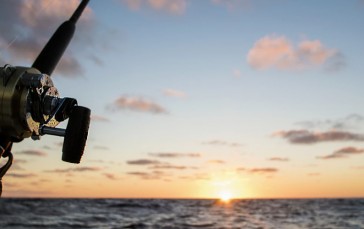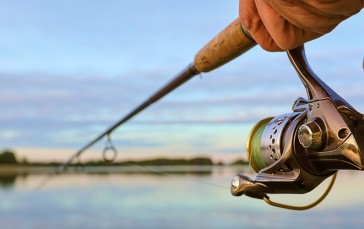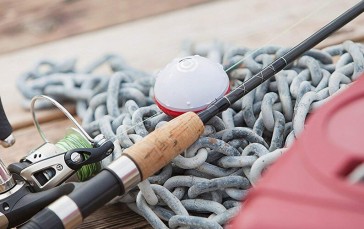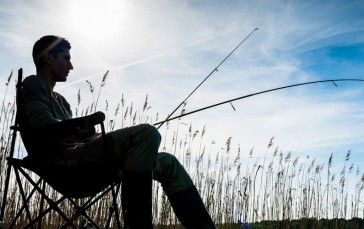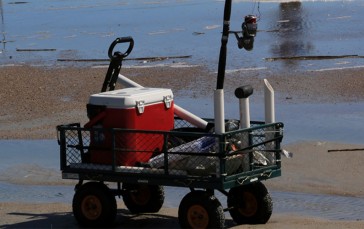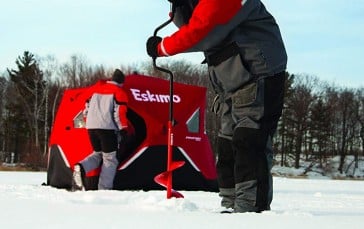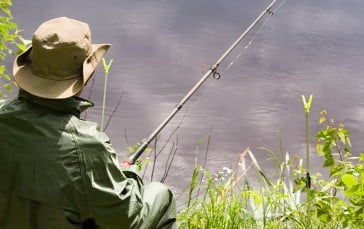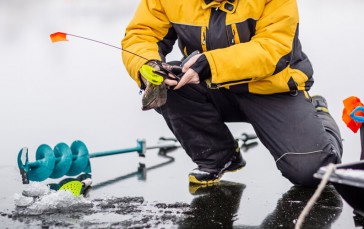How To Choose The Right Fly Line
If you’re an enthusiastic angler, then you already know there is more than one way to catch a fish. Sure, you can throw out a fishing net and see what you pull in, but fishing purists like the intricate art of fishing with a rod and a fishing reel. Even those come in different types and putting together the perfect combination of a saltwater fishing rod, reel and line takes a considerable amount of knowledge and it may all come down to where you plan on fishing and the type of fish you are hoping to catch.
One of the most popular types of fishing is fly line fishing. When you conjure an image of fly fishing it’s hard not to picture a gentle stream and there are many fishing spots in the US that are perfect for fly fishing. Fly fishing is less about just casting a line as far as you can and more about releasing a little bit of drag on the line in order to give your fishing lures the appearance of being live bait to the fish lurking in the water around your hook.
Before you grab your fishing vests and head out to do some fly fishing, here are some top tips to choose the right fly line to help your weekend fishing trip land you some nice big fish for dinner or bragging rights.
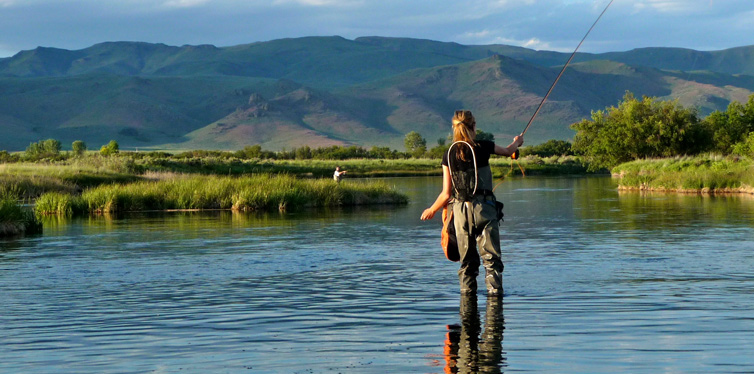
Know The Weight You Need
You may be able to go fly fishing with just one rod but you should still look into matching the weight of the line to the conditions you are fishing in. As an example, if you are fishing in a mountain stream with active water, you can use a short leader with a dry fly. On the other hand, if the water is really calm, you may need a longer leader.
Vary The Weight And Speed
One thing is specific to fly lines is the ability to cast a line of a certain weight and you want to drop the line with a little bit of speed to attract the big fish. A shorter line isn’t going to make such a huge splash and frighten the fish away and it’s easier to control the drag release. You can then loop cast your line giving your lures the impression of being a live insect and attracting curious fish to come and take a closer look.
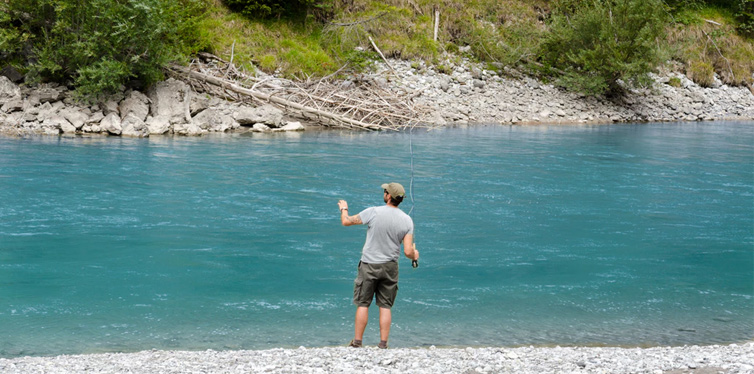
Sometimes, Heavier Is Better
If you’ve found the perfect spot for some trout fishing, you’re probably looking at a pool of water or a section of river or a stream that isn’t very big. You won’t be able to cast out very far so the heavier line will make it easier to release the drag of the line in short, quick bursts. This type of line is also a good one to consider for saltwater fishing tricks when the waves may make longer, lighter cast fly lines harder to control. This is also a really good fly line set up if you’re fishing on a boat or fishing kayak offshore.
Shoot Some Tapers
If you want to get a little more distance with your fly line, try shooting heads or tapers. These are a really good way to cast your line at a greater distance. By using a head that is normally heavier than what you’d usually use, you’ll impress yourself with the length of your cast and hopefully, the fish you can catch.
If you’re a seasoned angler, you may also be interested in putting together a double tapered line. This is a great way to present your lures to small and medium-sized catches. It’s also a great way to cut down the cost of resetting lines because when one line wears out, you can simply turn it around to the other end and use that.
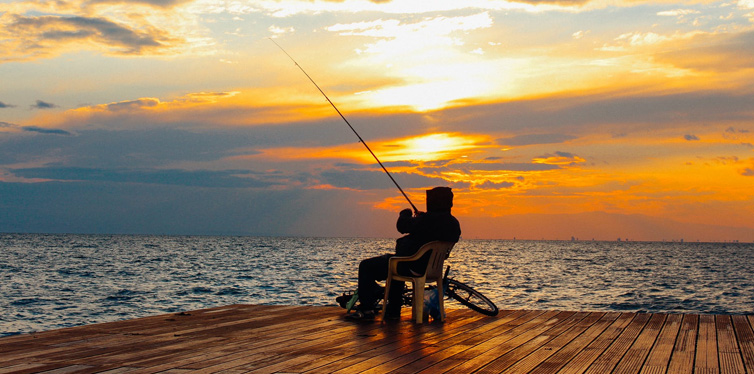
Color, Or No Color?
How many different colors of fishing line do you have in your tackle box? You have probably learned that you should choose a color of fishing line that will blend in with the surroundings and be less visible to the fish. That’s generally true for most types of fishing, but for fly fishing, the color of the line isn’t really as relevant as the thickness and floating capabilities. When it comes to fly fishing, the line is usually floating on or near the top of the water and may only cast a light shadow under the surface. This means the color of the line is irrelevant for the fish but could make all the difference to you, the angler. With that in mind, simply choose the color of line that will be the easiest for you to see.
Consider Sinking Lines
Some fresh and saltwater fish are what are commonly referred to as bottom dwellers. These include some species of catfish, carp, and a whole variety of flatfish. This is when a sinking fly line is your best friend. You can still cast out the drag like you normally would, but with a little bit of extra weight, the lure will go down towards the bottom where these fish are hiding. If you are aiming for these fish, it’s also going to benefit you to have some fishing bobbers attached to your line so you can see if there is anything happening below the surface.
Most of the fish you can attract with a fly line are pretty active fish and they will put up a fight to avoid being dragged out of the water. No collection of fishing gear is complete without fishing nets so you can reel in your catch as close as possible and finish the job by scooping the fish up in the net and bringing it out to add to your catch of the day. There are many tips for the modern angler that will help you master the art of not just going fishing, but succeeding in actually catching some fish. Be fair though and adhere to the guidelines of the size, types and amounts of fish you can catch and be sure to release anything you don’t plan on eating.


